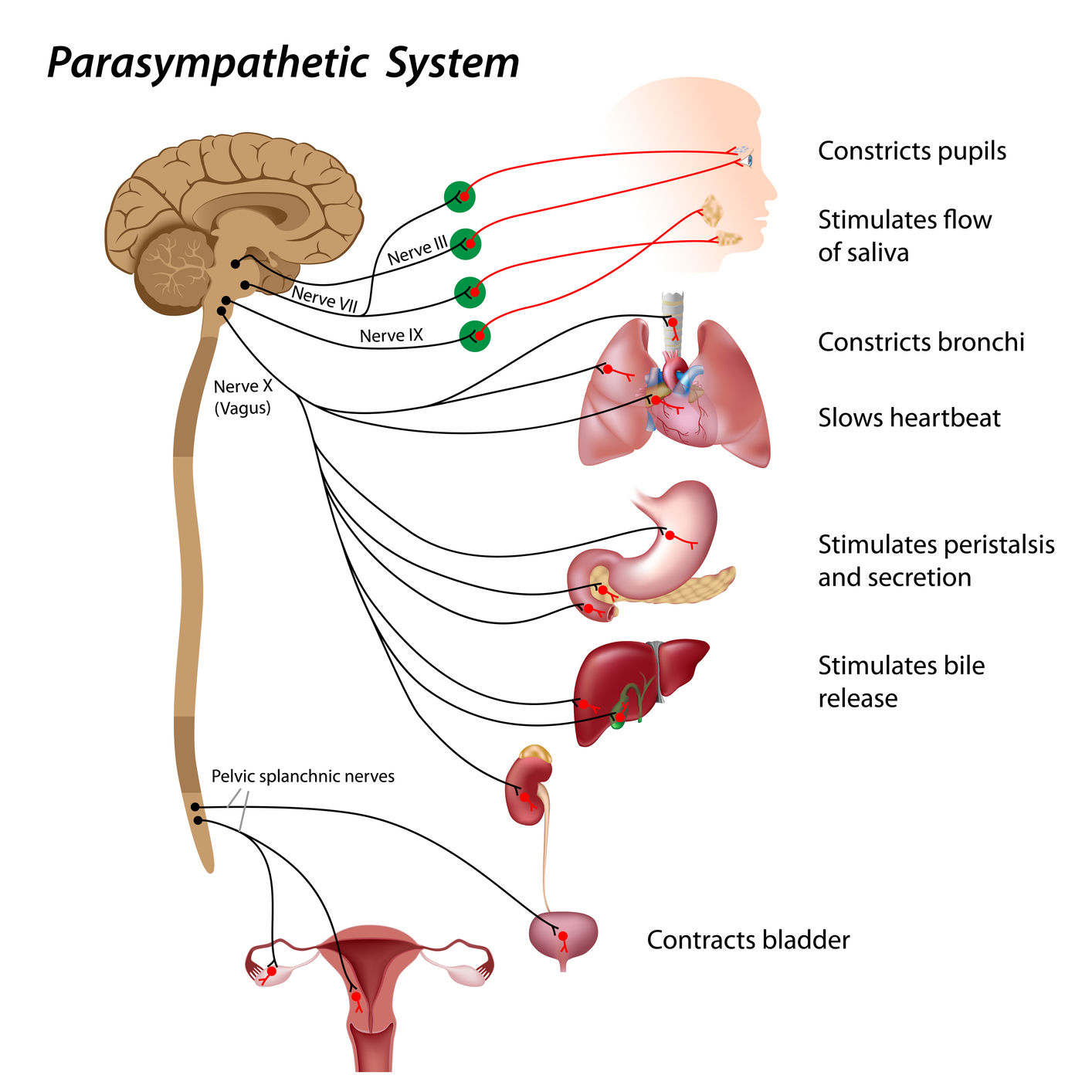Question #f59e4
1 Answer
Depends what type of reflex it is...
Explanation:
Basically, a reflex is a movement that you have no control over.
Probably best known is the Patellar Reflex (the "knee jerk").
Personally, I have only ever experienced those during medical checkups with my GP, but it is there for a reason: if you are hit below the kneecap, your leg will involuntarily lash out. You WILL be aware of the action of your leg, but only after it has happened.
So what has happened? A hit below the kneecap signals a possible, impending trauma to the knee, and there is no time to let your brain take a conscious decision about whether to take action or not. So a shortcut is taken, called a Reflex Arc..
In an arc like this (there are more), a Sensory Neuron (a.k.a "Afferent" Neuron) senses the stimulus (the bash with the GP's hammer) and relays it to the Spinal Chord . That usually serves as the Information Highway to the brain, but in this case the info gets short-circuited in the spinal chord itself:
In the picture above, the green line represents the Sensory Neuron . It senses the whack on the patella, and the signal is transported to the spinal chord. In the spinal chord, it splits and connects to two other neurons: the black one and the blue one.
In the synapse with the BLUE Neuron, it has an Excitatory effect, or EPSP (Excitatory Post-Synaptic Potential), causing the blue (motor-)neuron ( E-Neuron ) to contract the Extensor Muscle. This causes the leg to jerk upward.
To avoid damage to the opposite muscle (the Flexor muscle), it activates the Black Interneuron, also via an EPSP .
The function of the Black Interneuron is to INVERT the signal, in order to incapacitate the Flexor Muscle. In order to do that it causes an IPSP (Inhibitory Post-Synaptic Potential) in the red F-neuron, effectively paralysing the Flexor Muscle....
As mentioned, this "short-circuit" is taken care of in the spinal chord itself: the decision-making brain is not involved. Moreover, if you try to avoid or restrain the reflex: good luck, I don't think you can do it....
This short-circuit system is known as a "Reflex Arc".
It is not the only type: reflexes are divided into Somatic Reflexes (involving Muscles) and Autonomic Reflexes. The latter involves automatic control over internal organs:

The difference is, that MOST of the reflexes in our body, apart from the simplest ones, actually are controlled by our Brain: All reflexes that involve more than one synapse are ( the Polysynaptic ones), and only a few that are Monosynaptic do not inform the Cerebral Lobes .
So, in answer to your question: It can be any part of your body, e.g:
- Vomiting
#rarr# Stomach; - Sneezing
#rarr# Nose; - Yawning
#rarr# Mouth, Jaws; - "Call of Nature"
#rarr# Colon, Rectum; - Jogging/other workout
#rarr# Heart; - Limbs (like the Patellar Reflex, but there are many others)
But no matter what type, in the main you have NO control over whatever the reflex may be......

